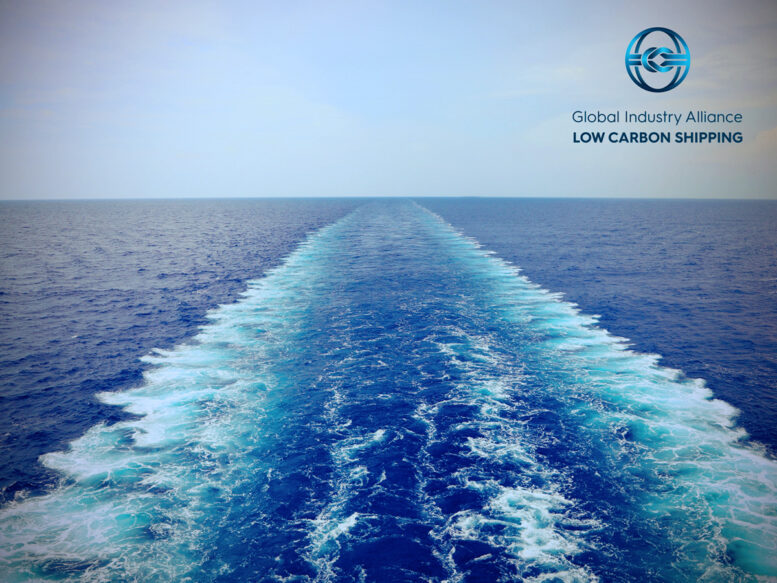Ammonia, hydrogen, ethane and Dimethyl Ether (DME) are among the alternative marine fuels which may need future regulatory work. This assessment is the result of a regulatory mapping exercise conducted by the Alternative low- and zero-carbon fuels workstream of the GreenVoyage2050 Global Industry Alliance to Support Low Carbon Shipping (Low Carbon GIA), with inputs and contributions from the International Chamber of Shipping (ICS).
The assessment of how alternative marine fuels and energy converters feature in key IMO Conventions and regulatory instruments aims to inform and support IMO member States and the wider maritime sector in identifying and addressing potential regulatory challenges that could be encountered when considering the use of a particular alternative marine fuel.
The outcome of the mapping exercise can be found on the GreenVoyage2050 website in a tabular format using a traffic light colour coding system that depicts the current regulatory readiness levels categorized as Low, Medium, and High. The categorisation was agreed by members of the Alternative low- and zero-carbon fuels workstream of the Low Carbon GIA.
Principal IMO Conventions examined included the International Convention for the Safety of Life at Sea (SOLAS), the International Convention for the Prevention of Pollution from Ships (MARPOL), the International Bulk Chemical Code (IBC Code), the International Code of Safety for Ships using Gases or other Low-flashpoint Fuels (IGF Code) and the International Code for the Construction and Equipment of Ships Carrying Liquefied Gases in Bulk (IGC Code).
Fuels and energy sources considered include the conventional fuels diesel/gas, oil/fuel oil, bio/synthetic liquid diesel fuels, methanol (C3OH), ethanol (C2H5OH), dimethyl ether (DME or C2H6OH), propane (C3H8) and butane (LPG or C4H10), methane (CH4/LNG), ethane (C2H6), ammonia (NH3), and hydrogen (H2).
This mapping exercise has identified some areas where further regulatory work may be required by IMO, but potentially also by other standardization and certification organizations. Some of these areas include the further development of safety guidelines for on-board use of alternative fuels, matters related to quality of alternative fuels, lifecycle GHG emissions and development of engine standards and assessing the possible impacts and risks of spills of alternative marine fuels.
The Low Carbon GIA, which brings together leading ship-owners and operators, classification societies, engine and technology builders and suppliers, big data providers, oil companies and ports, recognizes that IMO has already initiated concrete work to address a number of these matters, whereas some others require concrete proposals to advance discussions in the different IMO bodies.
It should be noted that the identification of a low regulatory readiness level for a particular fuel does not necessarily indicate a potential barrier for the uptake of the fuel, but simply identifies scope for future work to be done by IMO and other stakeholders as appropriate.
Tore Longva, Lead of the Low Carbon GIA Alternative low- and zero-carbon fuels Workstream said:
“Under this work stream, Low Carbon GIA members from across the industry have contributed their expertise to undertake several activities to-date to support the adoption of alternative fuels for low carbon shipping. This regulatory status assessment with respect to the use of alternative fuels represents a crucial piece of work undertaken by the Low Carbon GIA to support IMO Member States in identifying potential regulatory gaps which will need to be closed in the future.”
In the context of the recently launched Future fuels and technology for low- and zero-carbon shipping Project (FFT Project), IMO is addressing a number of the identified regulatory gaps in support of discussions in IMO’s regulatory committees.
The Low Carbon GIA is a public-private partnership that operates under the framework of the GreenVoyage2050 Project. The aim of the Low Carbon GIA is to develop innovative solutions to address common barriers to decarbonizing the shipping sector.
Source: https://www.imo.org/en/MediaCentre/Pages/WhatsNew-1841.aspx
